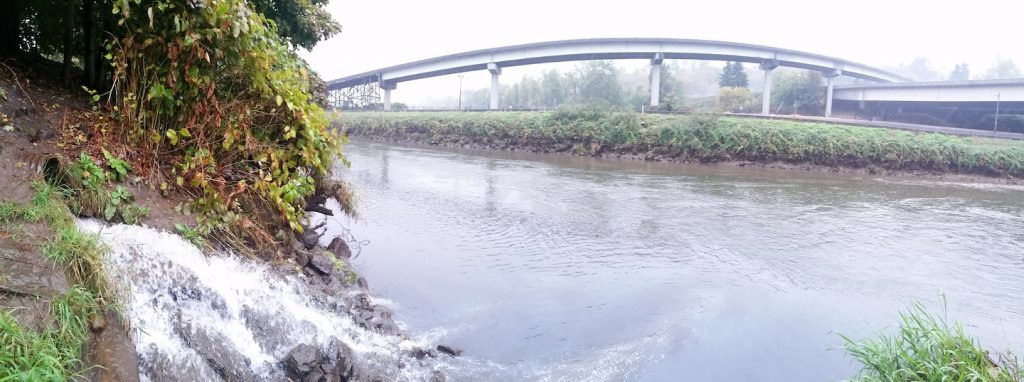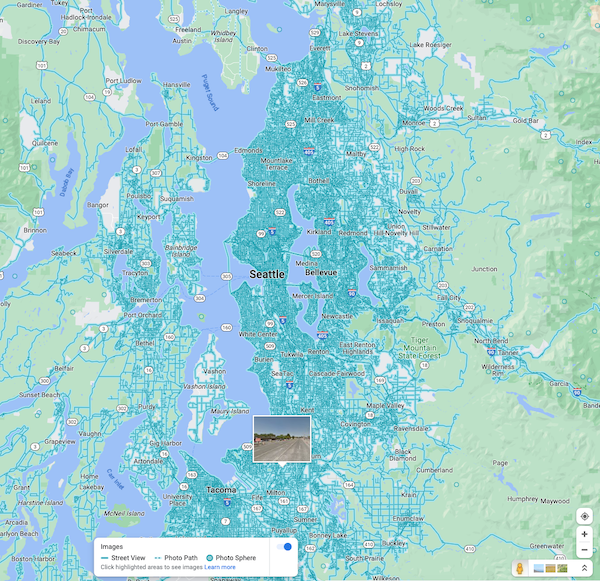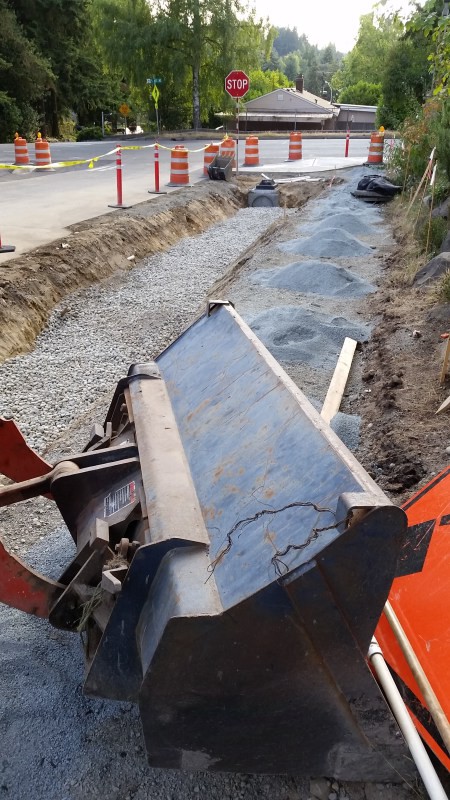
Tribes Petition EPA To Ban Coho-killing Tire Chemical
Three West Coast tribes, including two from Puget Sound, are petitioning the federal government to prohibit the use of a tire additive that is known to kill coho and other Northwest salmon when it breaks down into a chemical compound and washes into streams.

The Port Gamble S’Klallam, Puyallup and Yurok Tribes say that what is known as 6PPD poses an unreasonable risk to the environment and requires the Environmental Protection Agency to regulate it under the Toxic Substances Control Act.
“We have suffered years of reduced fishing, now only seeing hours of fishing where there used to be months of fishing. The discovery that 6PPD is killing the fish in these waters could be exactly what saves salmon for us and all of the country,” stated the Puyallup Tribal Council in a press release. “That is why we have joined this petition to act upon the knowledge we now have, to save and protect our fish and other species impacted by this toxic chemical.”
While the additive has been in use since the 1950s and ’60s, it wasn’t until the early 2010s that researchers first began looking into why returning adult coho were suffering from major prespawn mortality in West Seattle’s Longfellow Creek after fall rains. Studies led by among others a Washington State University lab in Puyallup eventually pinned the cause on 6PPD, which is added to help “prevent degradation and cracking of tires,” according to tire manufacturers.
However, when it wears off tires, it breaks down into 6PPD quinone when combined with ozone at ground level and is deadly when rains wash it into streams. Six-PPDQ is considered to be the “second most toxic chemical to aquatic species ever evaluated by EPA, according to the petition.
It can be neutralized to a degree by rain gardens, but the scale of the problem is as monumental as the overlap of the region’s major road and salmon stream networks.

Chinook and steelhead have also been found to be impacted by 6PPDQ, but, oddly, not sockeye or chum salmon.
Earthjustice, which submitted the petition to EPA, said the toxic chemical should be phased out and that tire manufactures need to find better alternatives.
“EPA action is urgently needed to spur that change. The extreme toxicity of this little-known chemical should be alarming to anyone who cares about our planet’s biodiversity and waterways,” said Elizabeth Forsyth, a senior attorney with the organization.
The feds have 90 days to respond to the petition, according to Earthjustice’s Perry Wheeler.
Spurred by California measures, last week the U.S. Tire Manufacturers Association announced it was convening member companies to perform an analysis of 6PPD alternatives.
“This consortium will power a collaborative approach to the alternatives analysis process, which will yield the most effective and exhaustive review possible of whether a safer alternative to 6PPD in tires currently exists,” said USTMA President and CEO Anne Forristall Luke in a press release. “With the DTSC taking this action, we will continue our active and transparent work to complete the required alternatives analysis and collaborate with other stakeholders.”

